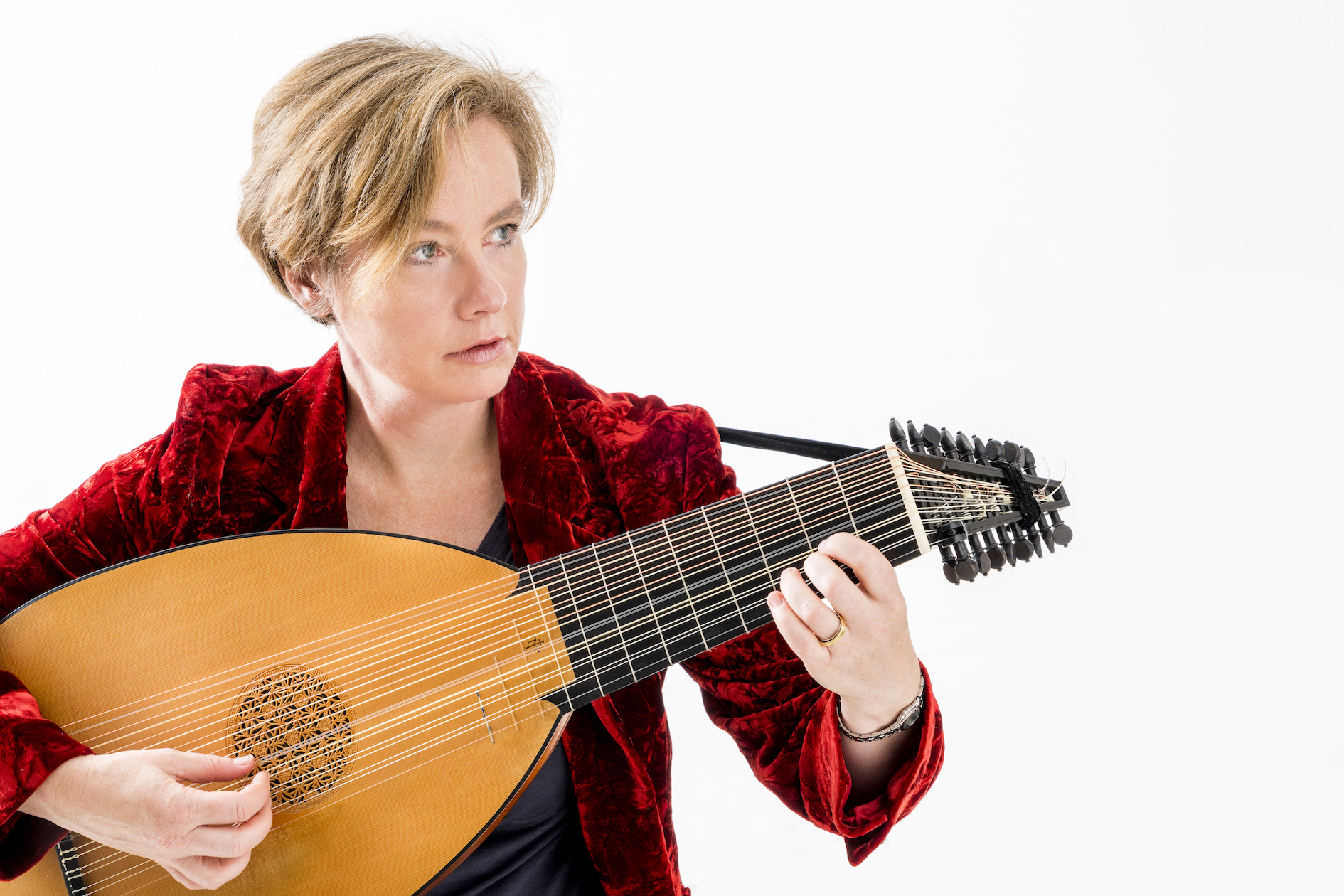It’s hard to imagine that any London audience this winter will hear more thoroughly gorgeous singing – or more refined musical artistry all round – than Nardus Williams delivered at the Wigmore Hall on Sunday afternoon. This was a magical hour of early-Baroque Italian bliss.
Williams, who once worked as a steward at Opera Holland Park before she starred on its stage, made her name with Mozart and Puccini. Recent recitals have seen the Worcester-born soprano shine with Handel heroines. This programme – solo, with just Elizabeth Kenny’s delicately dazzling theorbo for company – took us even further back.
Three pieces by the 17th century Venetian pioneer Barbara Strozzi (much-rediscovered of late but still far from standard fare) anchored a series of mostly melancholic cantatas in which wronged women lament and protest their piteous fates. If that sounds like a somewhat downbeat gig, Williams’s vocal dexterity and emotional finesse turned the singer’s sorrow into the listener’s joy – as did Kenny’s ravishing accompaniments, punctuated by a couple of brief explanatory talks. These pieces, slices of compressed drama which turn the madrigal tradition in a distinctly operatic direction, put the solo voice under an intense spotlit glare. Long, sinuous, chromatic lines, arioso style, must sound mellifluously fluid yet make space for sudden, harmonically audacious, explosions of rage, grief or exultation. From Strozzi’s “Tradimento” of 1659 through to Frescobaldi’s achingly lovely “Maddalena all croce” (1630), Williams gave us variety of timbre and colour allied to an unwavering purity of tone and clarity of diction. Hers is no dainty and bloodless “early music” soprano, but neither does she haul these forsaken women kicking and screaming into the plush, swoony mainstream of the later lyric repertoire. Their anguish retains its elegance.
These pieces, slices of compressed drama which turn the madrigal tradition in a distinctly operatic direction, put the solo voice under an intense spotlit glare. Long, sinuous, chromatic lines, arioso style, must sound mellifluously fluid yet make space for sudden, harmonically audacious, explosions of rage, grief or exultation. From Strozzi’s “Tradimento” of 1659 through to Frescobaldi’s achingly lovely “Maddalena all croce” (1630), Williams gave us variety of timbre and colour allied to an unwavering purity of tone and clarity of diction. Hers is no dainty and bloodless “early music” soprano, but neither does she haul these forsaken women kicking and screaming into the plush, swoony mainstream of the later lyric repertoire. Their anguish retains its elegance.
We heard, as Kenny’s perceptive programme notes suggested we should, the “wildly ‘strange’” side to these emotionally labile cantatas of abandonment. If we looked sideways to Monteverdi (whose “Quel sguardo sdegnosetto” Williams sang) and Cavalli (Strozzi’s teacher), Purcell’s Dido also hovered in the offing. Kenny explained that some of the chosen items deploy the ciaccone ground-bass figure that became a Purcellian staple, while others send the theorbo on a winding melodic journey as it strives to keep up with quicksilver passions of these unhappy heroines.  A glittering centrepiece here was Sigismondo D’India’s “Lamento d’Olimpia”: an epic arioso voyage among fifty shades of grief and despair as the singer pines for an absconding lover who (as they do) has “weighed anchor and unfurled your sails”. Williams gave us some beautifully sustained pianissimo touches, stormy swells of defiance and (here and throughout) decorative flourishes that felt lavish but never ostentatious. In this “Lamento”, or in Strozzi’s own searing “Ardo in tacito foco”, the sheer pathos of the singer’s plight generates a sort of imperious pride – the scorned becomes the scorner – that calls for great expressive agility from the performer.
A glittering centrepiece here was Sigismondo D’India’s “Lamento d’Olimpia”: an epic arioso voyage among fifty shades of grief and despair as the singer pines for an absconding lover who (as they do) has “weighed anchor and unfurled your sails”. Williams gave us some beautifully sustained pianissimo touches, stormy swells of defiance and (here and throughout) decorative flourishes that felt lavish but never ostentatious. In this “Lamento”, or in Strozzi’s own searing “Ardo in tacito foco”, the sheer pathos of the singer’s plight generates a sort of imperious pride – the scorned becomes the scorner – that calls for great expressive agility from the performer.
Williams painted that full spectrum of feeling, but always with a tender fluency of line as well as in-character dynamic shifts that avoided any sense of stridency. Meanwhile, Kenny (pictured above) made us hear how the old bass lute blossomed in Baroque Italy into a virtuoso vehicle, not simply as a wandering counterpoint to Williams’s voice but with a couple of solo excursions of her own: an almost flamenco-like toccata by Piccinini, and a dance by the Austro-Italian Kapsberger that brought Michael Praetorius delightfully to mind. The mood lightened further with Williams’s virtuoso farewell: Strozzi’s (for once) jubilant marriage aria, “Gite, o giorni dolenti”. But then a hugely gifted singer’s radiant art had already banished sorrow from a musically auspicious day.














Add comment